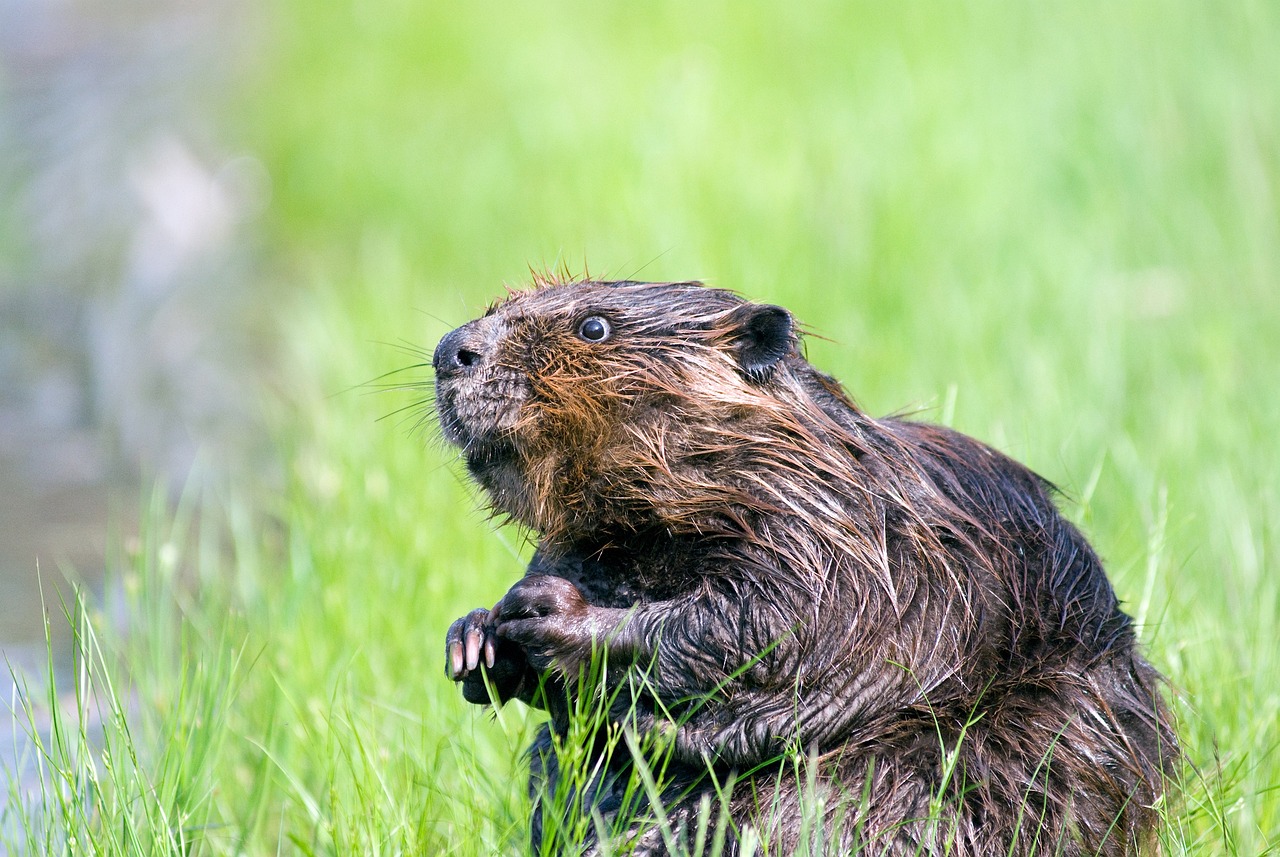A Celestial Highlight: The Beaver Supermoon
This Friday night, skywatchers across the UK can anticipate a captivating sight as the Beaver Moon graces the heavens. Rising at approximately 15:30 GMT on November 15, this full moon marks the conclusion of four consecutive supermoons. While it may not shine as brightly as last month’s Hunter’s supermoon, it promises to be an impressive spectacle for those eager to gaze at the night sky. However, weather conditions could hinder visibility, so keeping an eye on local forecasts is advisable.
Understanding the Beaver Moon
Full moons are traditionally named to reflect seasonal changes in nature. November’s full moon is termed the Beaver Moon, likely due to increased beaver activity as these creatures prepare for the winter months ahead. Historically, Native American tribes set traps for beavers before swamps froze, ensuring a supply of warm furs during colder weather.
It’s important to note that these names do not imply any resemblance between the moon and a beaver; rather, they signify a connection to nature’s rhythms.
The moon follows an elliptical orbit around Earth—its distance varies throughout its cycle. The furthest point from Earth is referred to as apogee, while its closest point is known as perigee. When a full moon coincides with perigee, it appears larger and brighter, leading to the term “supermoon.”
What to Expect This Supermoon
While supermoons occur several times a year—typically three or four—this year’s phenomenon has already included notable events like the Blue Moon in August and September’s Harvest Moon. The upcoming Beaver Moon will be nearly 14,000 miles (approximately 23,000 km) closer than usual, making it appear about 14% larger and 30% brighter than a typical full moon. However, distinguishing these differences with the naked eye may prove challenging.
For those hoping to catch a glimpse of this celestial event on Friday night, conditions may vary across regions. Many areas in Northern Ireland and northern England are likely to experience significant cloud cover throughout the evening. Meanwhile, southern England and Wales might begin with clear skies before clouds roll in later. Conversely, Scotland could start off overcast but clear up from the north overnight.
Despite potential obstacles caused by clouds, even a small opening could provide an opportunity to witness this breathtaking supermoon. For real-time updates on local weather conditions affecting visibility, checking platforms like the BBC Weather website or app can be beneficial.
As we prepare for this enchanting event in our sky, it’s worth noting that another supermoon won’t occur until October 2025. Therefore, this Beaver Moon offers a rare chance for stargazers to enjoy one of nature’s most spectacular displays before waiting several years for the next opportunity.


